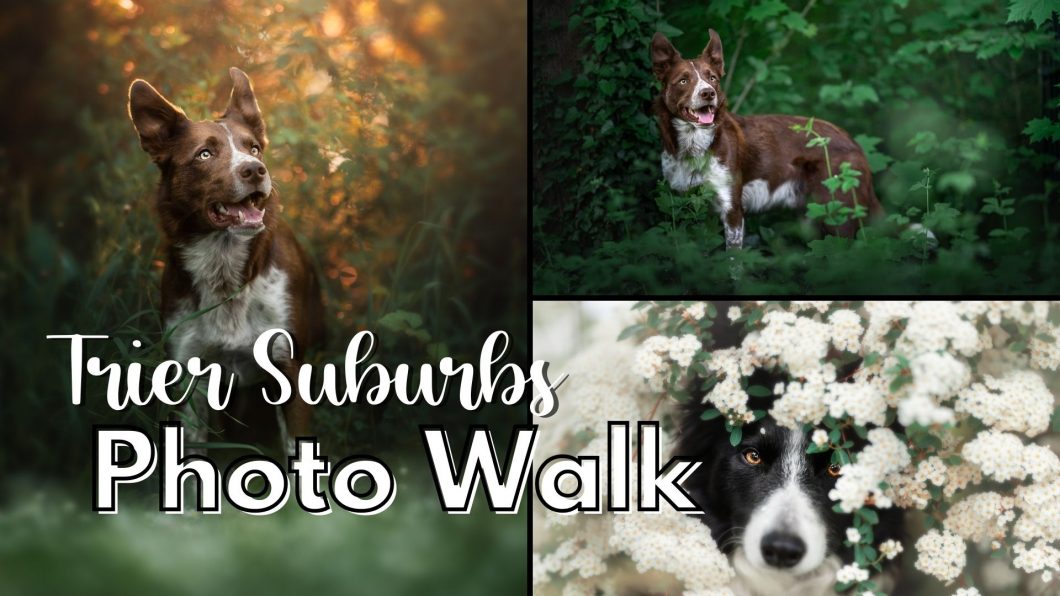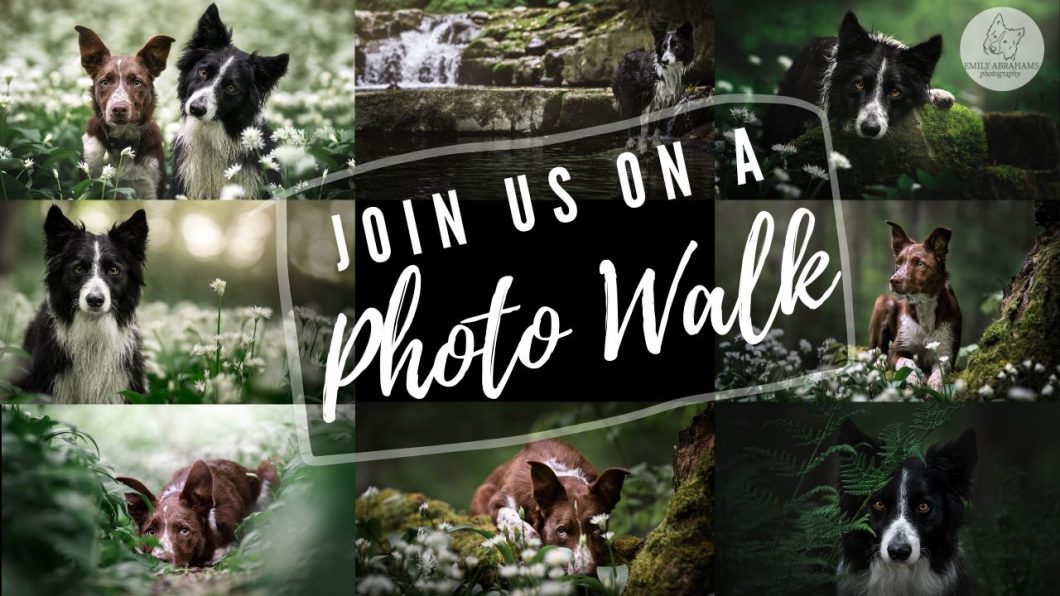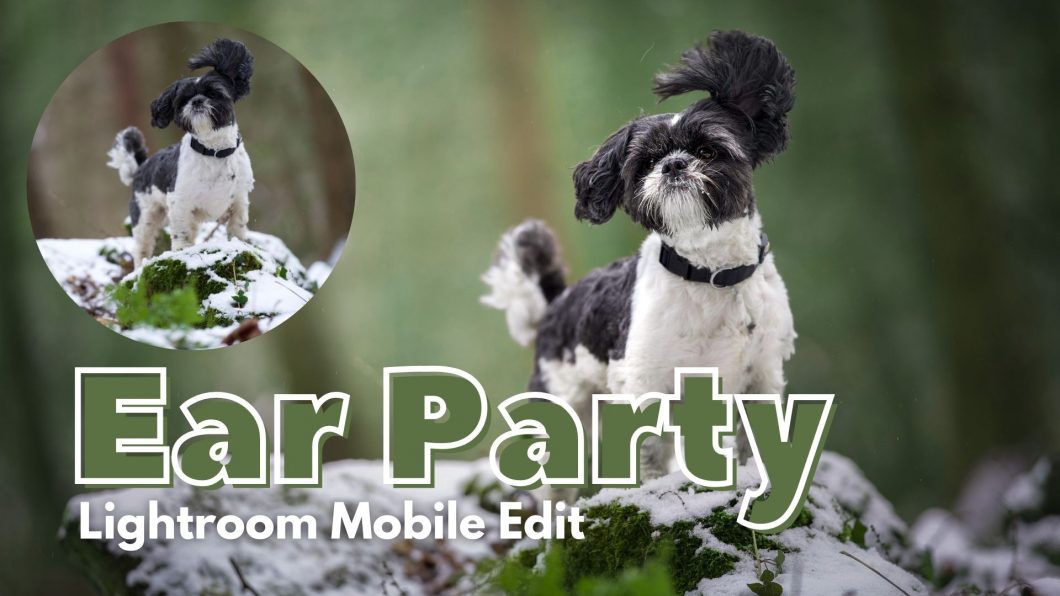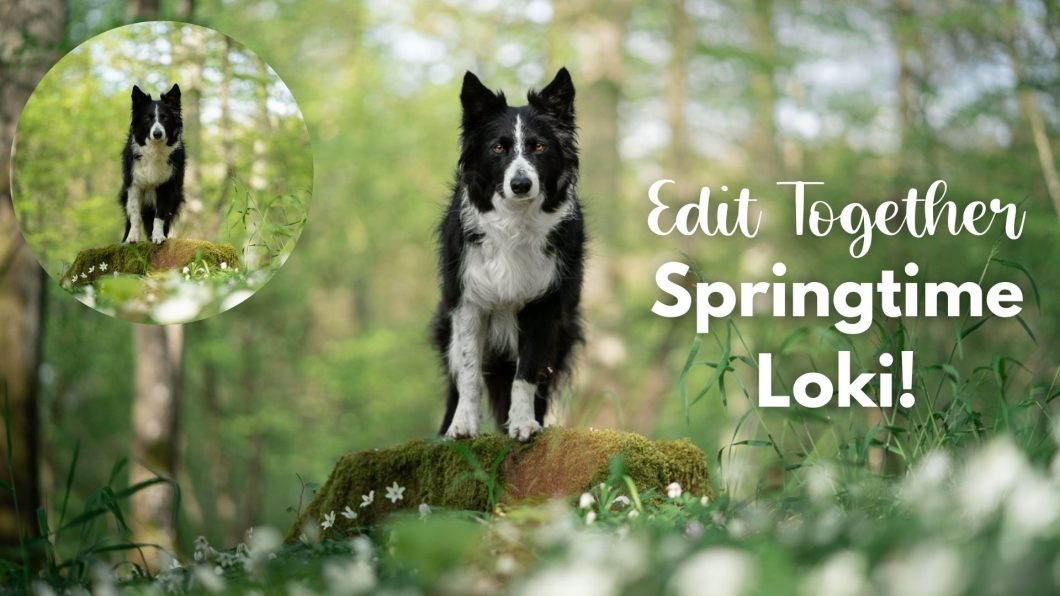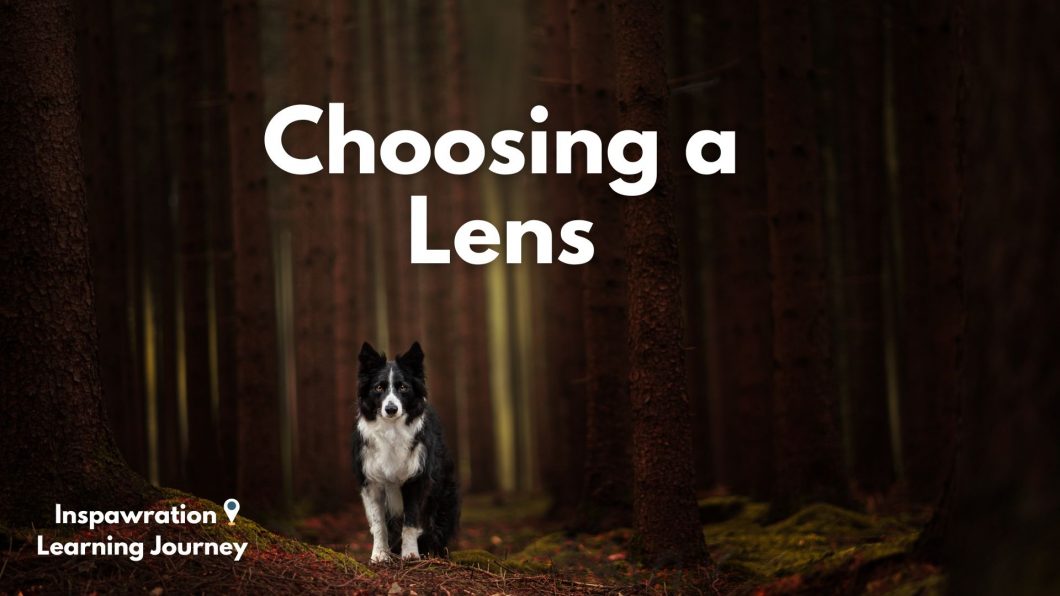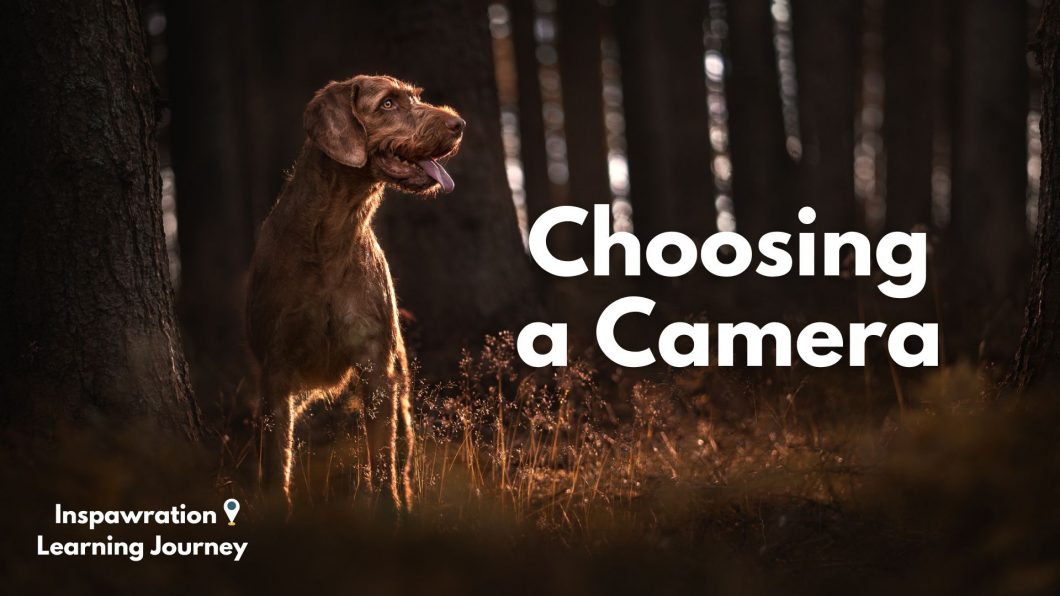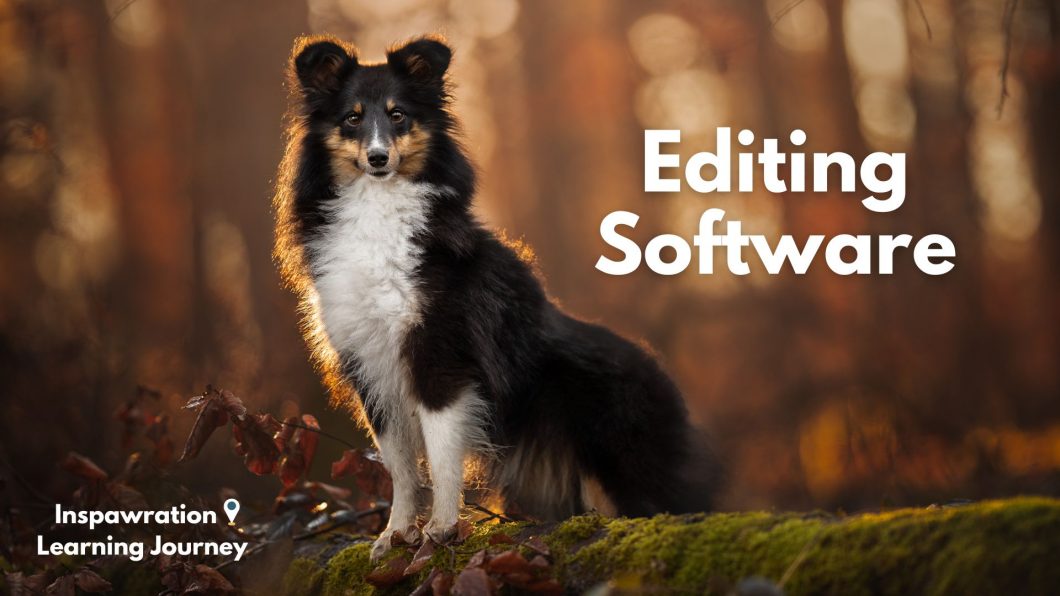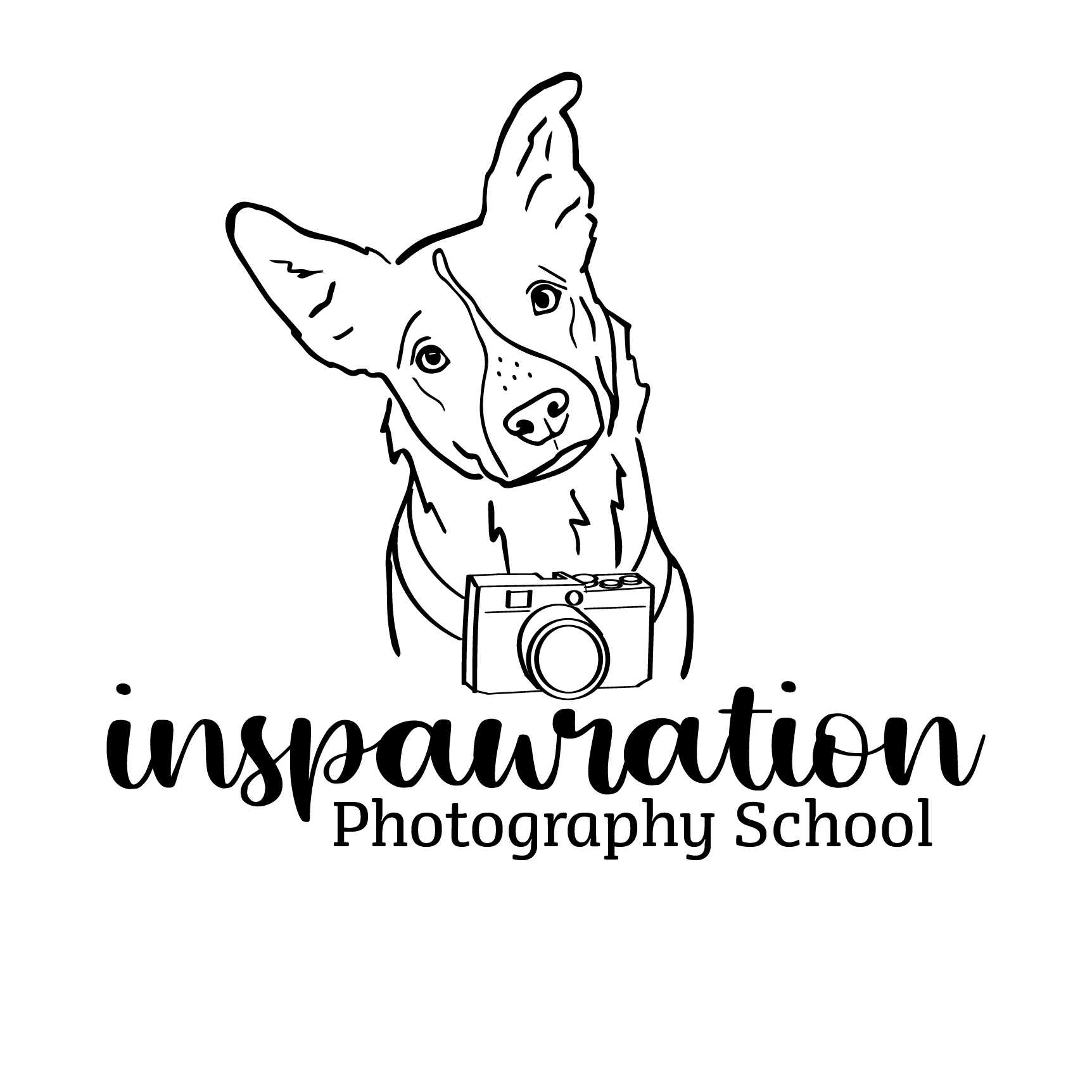Open to access this content
ArchivesFundamentals
Trier Suburban Photo Walk
Open to access this content
Photo Walk in our Woods June 2020
Open to access this content
Ear Party: Lightroom Mobile Edit
Open to access this content
Spontaneous Edit Together: Springtime Loki!
Open to access this content
Kit Lens vs. Other Lenses
Open to access this content
Choosing a Lens
Open to access this content
Choosing a Camera
Open to access this content
Editing Software
Open to access this content
Phone or Camera?
Open to access this content


